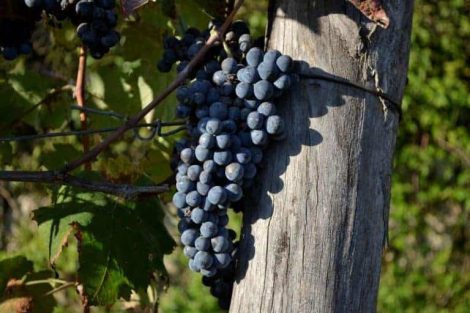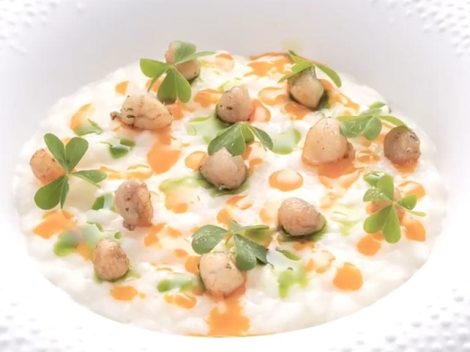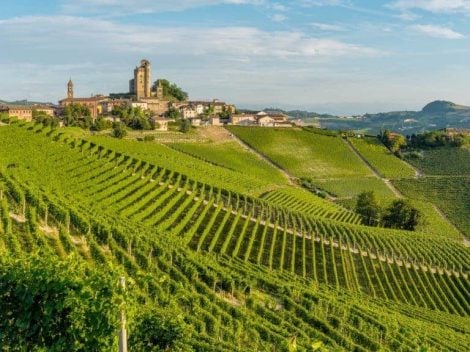by Carlotta Sanviti
When he's not writing stories for cinema, Leonardo Guerra Seràgnoli, a director and film producer, is cultivating vineyards in Montalcino. In the Tuscan hamlet of Lucignano d’Asso, halfway between the winding, unpaved roads of Montalcino and the Val d’Orcia, Leonardo has established Ser’Enzo, a farm named in honour of his grandfather, surrounded by a forest of 650 hectares. In the bustle of an airport, the Vermiglio producer, fresh from his Leone d’argento award in Venice, shares how his Tuscan project began; we reach him by phone while he's in the check-in queue in New York, ready to board a flight to Los Angeles. With an enthusiasm that defies the busy wait in the departure hall, he shares the story of Borgo d’Asso and the wine and art venture that began to take shape in 2018.
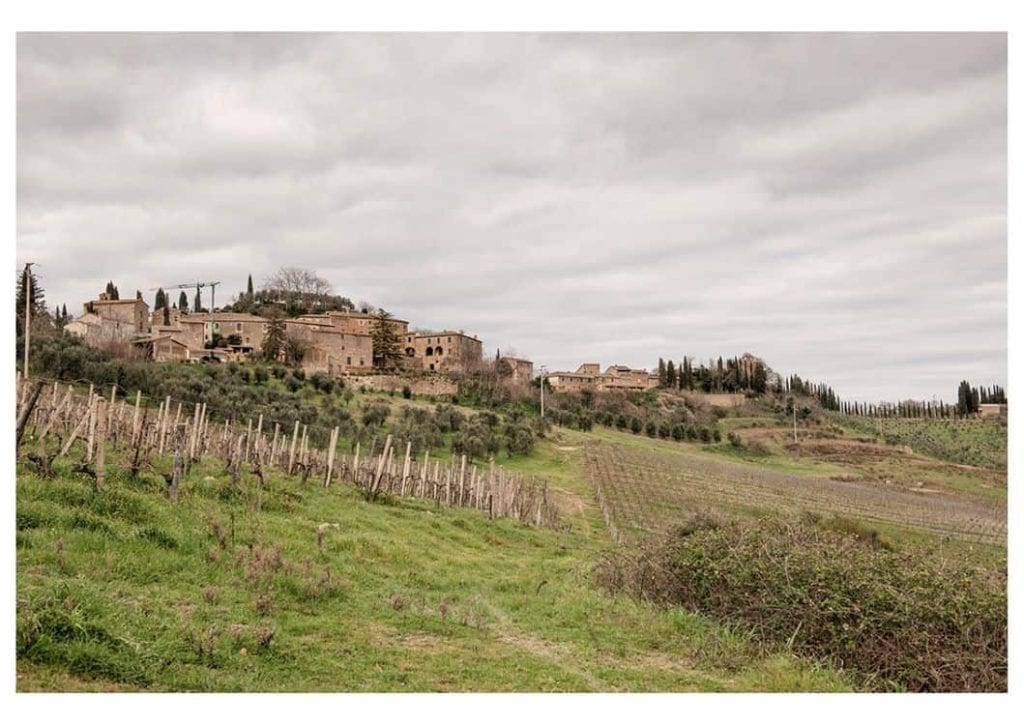
The tiny hamlet between Val d'Orcia and Crete Senesi
Born in Rome in 1980, Seràgnoli has always had a special bond with Borgo d’Asso, a small village in Lucignano d’Asso with only three official residents today. It’s the village where he spent his summers and considers it "the base of my creativity." In the 1960s, his grandfather Enzo bought the first plots and apartments here, a family endeavour that has been maintained over the years, growing the estate to around 650 hectares, including forest, vineyards, cultivated fields, olive trees, and a truffle forest. "The Ser’Enzo project is a tribute to my grandfather Enzo and to a place that has always been a part of my life," explains Leonardo, who lives in London but returns to Tuscany regularly. There’s something that makes this perched town so special: "I’ve been going there for over forty years, and almost nothing has changed since then," he recounts.
"In this outward immobility, there is a sense of preserved time and layers of memories that accumulate one on top of another," Leonardo continues with clear emotion: "Today, if I close my eyes, I can see every single detail of the village: the dust from the unpaved roads, the scents of the earth, the vegetable garden, and the deafening silence of the night. I remember playing football in the evenings and, coming from the city, suddenly realising the silence. I remember walks in the mud after the rain, and always the people who have dedicated their lives to this land."
It’s hard not to fall in love with this place: the landscape surrounding the estate—and much of the village—is a mosaic of cultivated fields and forests, free from the city’s bustle, even from village chatter. Here, everything is governed by the sounds and rhythms of nature. Vineyards alternate with fruit trees and cereal and legume crops, creating an ecosystem that respects the natural cycles. "We started working biodynamically five years ago, although we don't have Demeter certification yet. Our approach is a ‘scientific biodynamic’: understanding the soil, mapping it, studying it, and then acting," Leonardo explains.
The vineyards and wines of Ser’Enzo
With 15 hectares of vineyards, including rows of Sangiovese, Trebbiano, Cabernet Franc, and lesser-known indigenous varieties such as Sanforte and Foglia Tonda, the Ser’Enzo project, which recently joined Triple A (Farmers, Artisans, Artists), grows alongside the people who believed in Leonardo's vision. From 1994 (when the first vines were grafted) to today, the vineyard holdings have expanded, and the care given to each parcel has become part of the winery’s identity. Today, Monica, a tenacious and highly skilled oenologist, Valentina, the farm manager, and two young assistants, Francesca and Mattia, are dedicated to this project. "We don’t want to produce wines with a standardised taste," says Monica Rossetti, who has completed 46 harvests between Italy and Brazil. "I started as an oenologist in the 2000s when Robert Parker set the rules with heavily oaked wines, and I thought, 'How boring!' Wine should taste of grapes," she continues. "At Borgo d'Asso, wine speaks the language of the place, not of a trend."
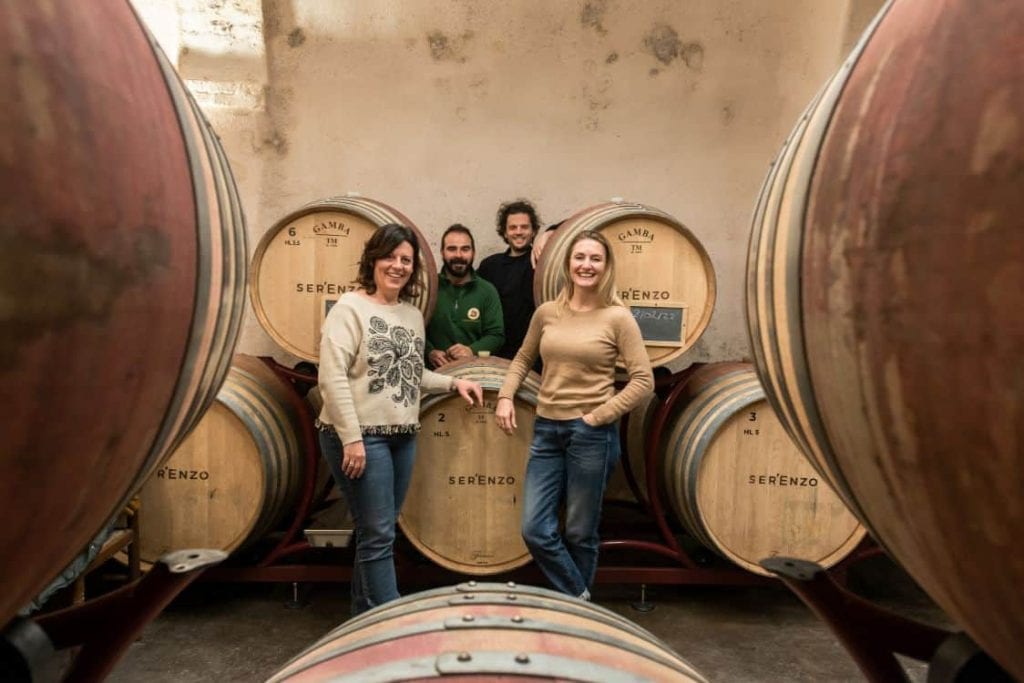
Following a slow, artisanal approach, Ser’Enzo’s cellar adopts a winemaking method favouring terracotta and concrete, materials that preserve the purity of the fruit. "Using wood seemed forced to us; we opted for terracotta and concrete because we want our wine to remind those who taste it of the landscape it comes from. To close their eyes and feel the earth under their feet, even if they've never been there." Seràgnoli adds, "Our aim isn’t to make many bottles. In 2022, we produced about 5,000 bottles, and we're not interested in increasing that number." Currently, there are three wines produced: CCC, a blend of Cabernet Franc, Cabernet Sauvignon, and Carménère, and Sangiovese SA in its first vintage, 2021—elegant, bold, and defined; while one hectare is reserved for a Trebbiano of good structure and freshness. Each label represents a fragment of the territory: "We chose as our symbol the moons of the Tuscan Galileo, representing the unknown and discovery, which is what we want our wines to represent," Seràgnoli confesses.
There’s a bit of Borgo d’Asso in Vermiglio too
Beyond working in wine in Tuscany, Leonardo is also involved in his career as a director and producer. In 2024, he produced Vermiglio, a film directed by Maura Delpero that won the Leone d’argento at the Venice Film Festival and is now an Oscar contender for 2025. "For me, *Vermiglio* is much more than a film project; it contains a part of my vision for Ser’Enzo," he says resolutely. The film tells an intimate and moving story, and Seràgnoli contributed to giving it an authentic, lived-in dimension, inspired by Montalcino’s rural context. "Making wine, like making films, is a creative act: it's like building a narrative, even if the protagonist is the land. My film background has helped me see viticulture differently, bringing an aesthetic and narrative approach, so I wanted the project to be a coherent story."
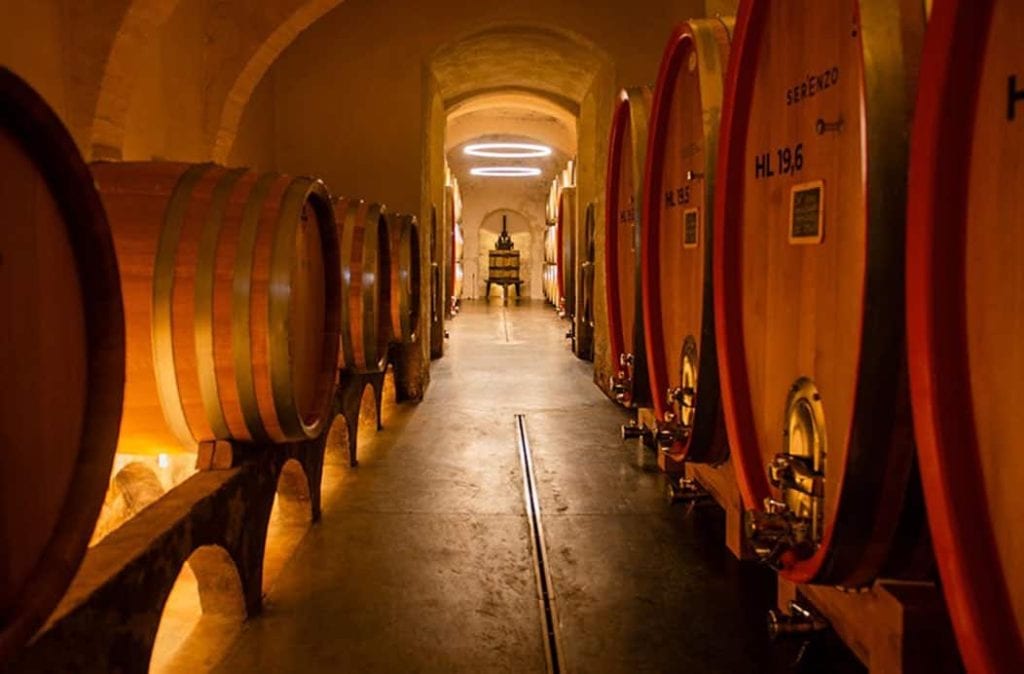
Ser’Enzo is an attempt to preserve the village's identity and resist the homogenisation imposed by increasing pressure from powerful investors. "In this area, big companies see only an investment, but we want to keep the village as natural as possible. The agritourism we are building will be far from artificial luxury," Seràgnoli explains. In addition to wines, Borgo d’Asso includes a series of apartments carefully restored to retain the original soul of the place: "We have five apartments and a farmhouse, and we’re restoring eight more. There are artists and young residents who help create a vibrant community that doesn’t need unnecessary luxuries." Here, Stefano runs a small shop in the village centre, while a young woman of Asian descent has made the village her home, organising tea ceremonies.
"For Montalcino wine, as in cinema, the risk is that large multinationals erase identity. The union of small producers is the only way," Leonardo says with conviction. "This isn’t just a wine production project," he concludes, "but a form of respect for the land and for what it represents to me, a celebration of authentic values, traditions, and a dream that continues to grow, without losing the deep connection to what it has always been and the land that inspired it."

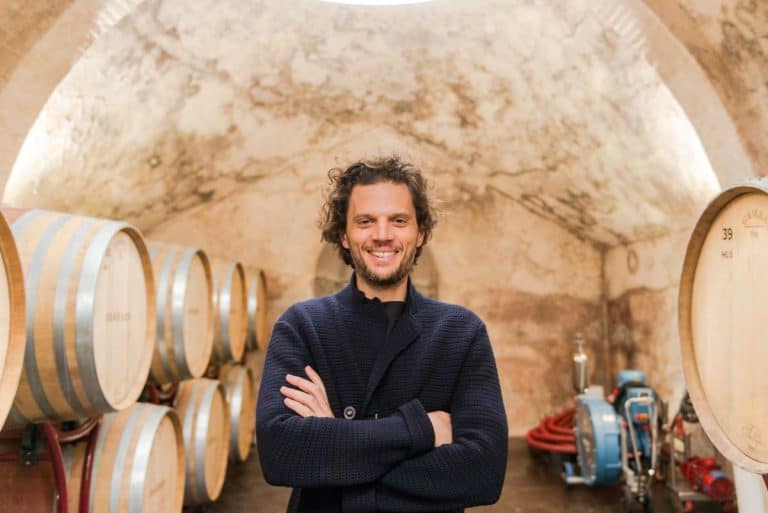
 Sparkling wines surpass still wines in Italian out-of-home consumption. Most popular during the aperitif
Sparkling wines surpass still wines in Italian out-of-home consumption. Most popular during the aperitif American Barbecue wins a Michelin star for the first time in history
American Barbecue wins a Michelin star for the first time in history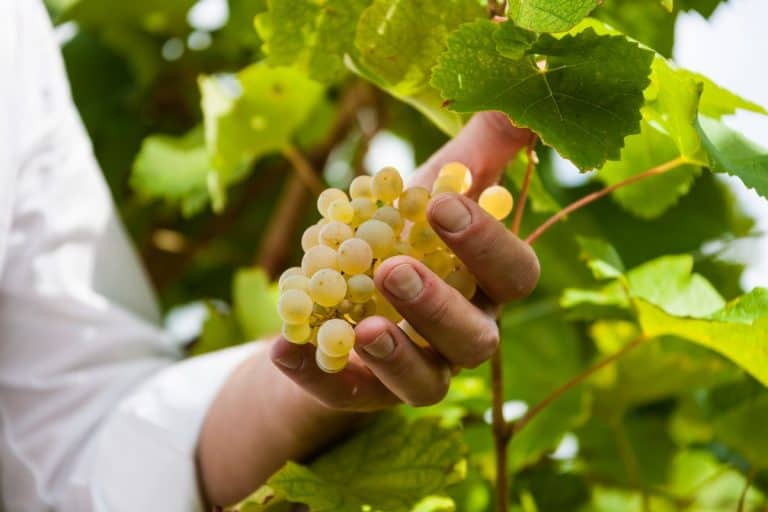 Prosecco Superiore: the 8 best selected by Gambero Rosso
Prosecco Superiore: the 8 best selected by Gambero Rosso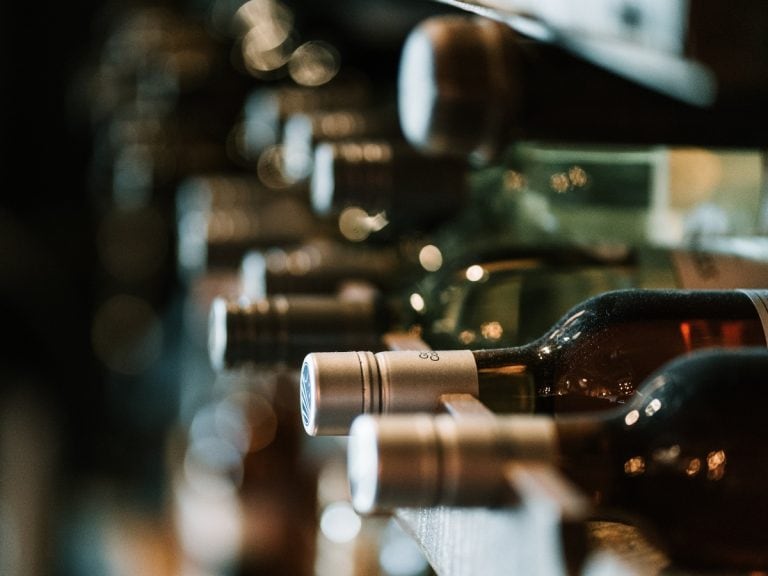 Italian wineries face rising debts and falling revenues as wine industry grapples with economic uncertainty
Italian wineries face rising debts and falling revenues as wine industry grapples with economic uncertainty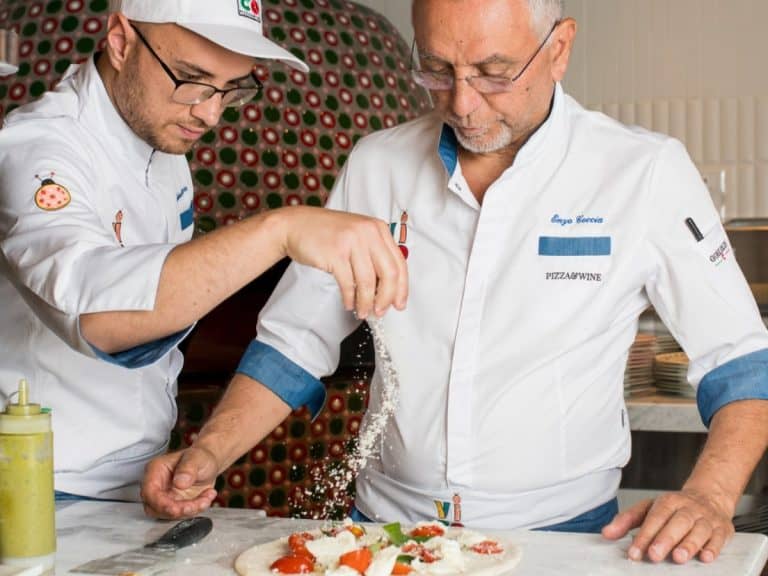 Enzo Coccia leaves Rome for an ambitious project in the United States: "but La Notizia stays"
Enzo Coccia leaves Rome for an ambitious project in the United States: "but La Notizia stays"


